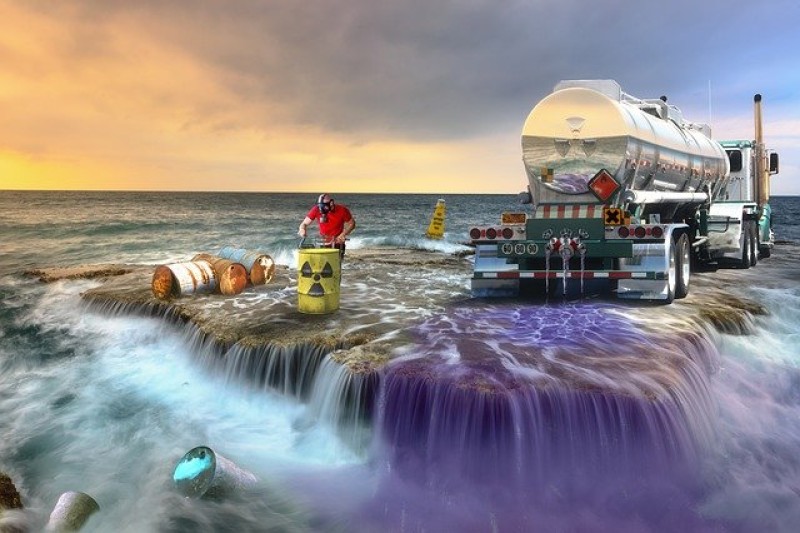Systemic regulatory failure, the investigation found, was aided by bribed inspectors, falsified paperwork and oil giants who influenced regulators to ignore the toxic mess they left behind.
As part of the drilling process, specialized fluids create a toxic byproduct of water, oil, clay and other chemicals. This mix should be recycled to prevent groundwater contamination, and the land should be restored after oil is extracted, as mandated by Russian environmental regulations.
RFE/RL’s investigation said that while Russian oil companies claim to be disposing and recycling this waste responsibly, in reality millions of tons of toxic chemicals sit in what are meant to be temporary trenches called “sludge barns,” which legally can hold drilling waste for up to 11 months before it should be mixed with sand, cement, foamed plastic and calcium chloride to create materials used in construction.
However, RFE/RL said that these building materials are rarely actually produced, and when they were, they were not found to be an effective environmental waste management strategy. The materials created by the toxic sludge failed in May 2010 quality control tests for industrial materials conducted by the Federal Service for Environmental, Technological and Nuclear Supervision, Rostekhnadzor, according to RFE/RL.
Instead, Russian drilling companies have taken to burying toxic waste on site or simply leaving the sludge barns intact - options which cost oil drilling companies significantly less than proper disposal or recycling methods.
RFE/RL shared a video from what was, on paper, a drilling waste recycling facility showing a field with overturned dirt, building waste, and what looked to be an abandoned structure.
RFE/RL also released three reports by a Russian Health Ministry analytical center detailing in 630 pages the extent of the pollution in Russia’s oil rich Khanty-Mansi and Yamal-Nenets regions, its impact on the environment and nearby populations and the absence of a suitable solution.





